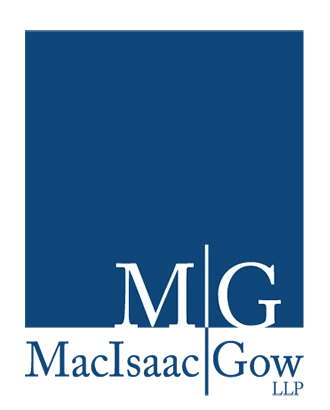Trips, slips, and falls are some of the leading causes of workplace accidents. These accidents can result in minor and severe injuries ranging from bruises to broken bones, head injuries, lacerations, and sprains. There are several ways to proactively manage workplace environments to reduce potential hazards. The goal is to avoid the monetary and non-monetary consequences of slip-and-fall accidents. This article will highlight the different approaches you can take to mitigate slip and fall hazards at your workplace.
Ensure Design Safety
The first step should be to eliminate all design-related workplace slip and fall hazards. While some designs can easily become a magnet for slip and fall accidents, there are other designs that ensure a safe workplace environment.
Tips on how to make your workplace design safer for your employees and visitors include:
- Maintaining sufficient lighting in pathways, work areas, etc.
- Ensuring entryways are well equipped with non-slip mats
- Following OSHA standards concerning coverings, railings etc.
- Marking ramps, steps, and other hazards with reflective material
Proper Management of Cords
Internet, phone, and power cords can easily cause a slip and fall accident by creating obstacles for visitors and employees. To mitigate this hazard, ensure that all cables run under carpets or behind walls to keep them out of the way. You can also deal with this potential hazard by installing phone jacks, internet connections, and power cables in easily accessible locations to avoid running the cables across workplace walkways.
Developing Safety Procedures
Slip and fall accidents can happen at any place, including classrooms, construction sites, office buildings etc. With that in mind, it is important that you develop OSHA-compliant safety procedures to create a safe workplace environment. In other jurisdictions, such as the USA, OSHA stands for the Occupational Safety and Health Administration, which sets the standards for workplace safety.
In Canada, these standards are set by the Canadian Center for Occupational Health and Safety (CCOHS). Workplace safety requirements set by this administrative organ include, but are not limited to:
- Properly ventilating dust particles, exhaust fumes, and other hazardous airborne contaminants.
- Continually updating and reviewing standard workplace operating procedures to ensure safety compliance
- Checking loose electrical cords and wiring that might create unsafe walkway conditions
Maintaining Stairways and Handrails in Safe Conditions
Stairways can become a common area for slip and fall accidents without proper management. To mitigate this potential hazard, you must ensure that the stairways are well-lit, clear, and free from any unsafe objects.
Some of the questions that you should ask yourself include the following:
- Are the bottom and top stairs marked with a reflective tap?
- Do the stairways have handrails?
- Have you removed all unsecured carpets or rugs from the landings or stairs?
Proper Maintenance of the Property
Even after creating a safe workplace design and developing proper safety procedures, your efforts might be subject to failure if there lacks a groundskeeping or housekeeping force. Therefore, it is advisable that you hire a team of reliable maintenance staff.
After hiring your workplace maintenance staff, ensure that they do the following:
- Maintain a regular maintenance and cleaning schedule
- Regularly check plumbing and irrigation systems
- Take preventative measures to lower the risk of slip and fall accidents
- Receive regular safety protocol updates and safety training
Install Proper Lighting
Another way to avoid workplace slip and fall accidents is by installing proper lighting outside and inside the workplace. This will help illuminate areas that would have otherwise been hazardous.
For instance, installing proper lighting on stairways can help reduce the chances of slip and fall accidents.
Training Your Employees
Employees file a majority of workplace slip and fall claims. You can reduce this risk by training your employees on safety protocols. Unfortunately, at times, employees get so carried away by their job that they forget safety protocols. It is your duty as an employer to train staff members during onboarding and throughout the employment period. Ensure they do not engage in activities that cause slip and fall accidents.
Installing Signage
If there are obvious safety hazards at your workplace, you must install clear and well-placed signage to warn your visitors and employees of the impending dangers. For example, a sign indicating uneven ground, a step, or loose rocks will easily call attention to the hazard and increase your employees’ and visitors’ awareness and alertness. You can also use reflective tape to highlight specific problem areas.
Although slip and fall accidents can often arise from clumsiness or carelessness, most accidents are preventable. Be sure to frequently survey your workplace environment to make sure that there are no potential hazards. Proactively paying attention to hazards helps keep employees and visitors out of harm’s way. You might be entitled to compensation if you or your loved one has suffered a workplace slip and fall accident. Contact us to book your free case evaluation and consultation today.

